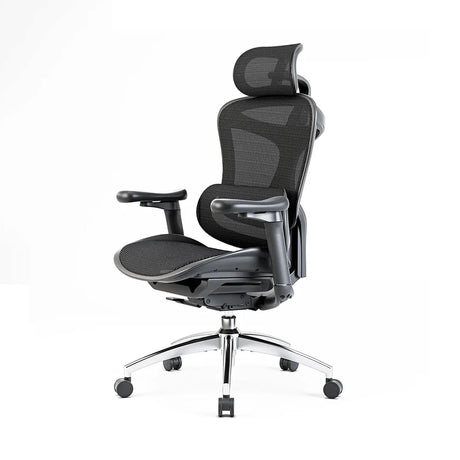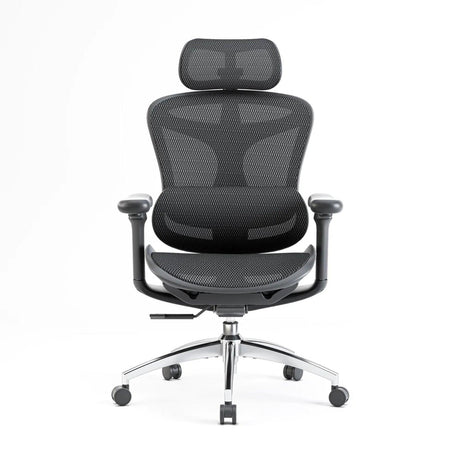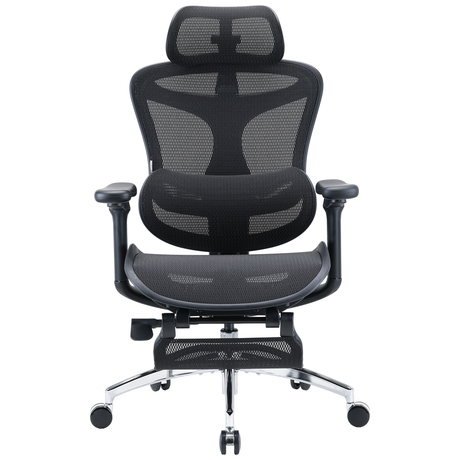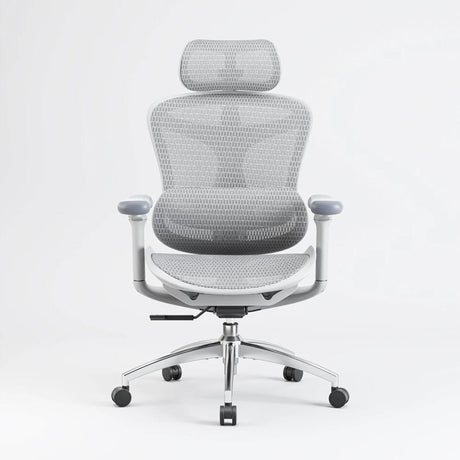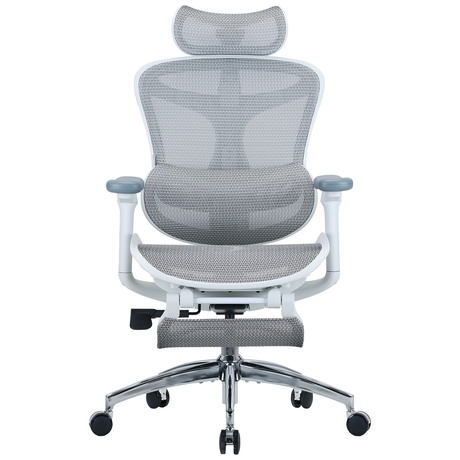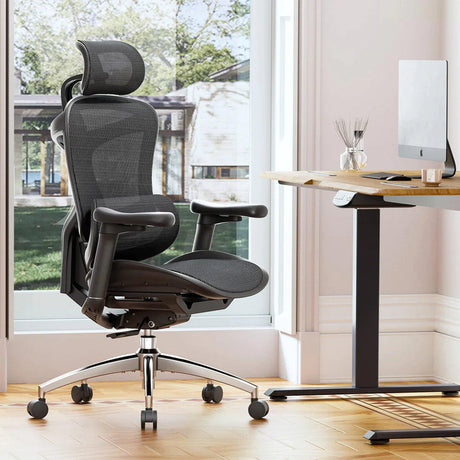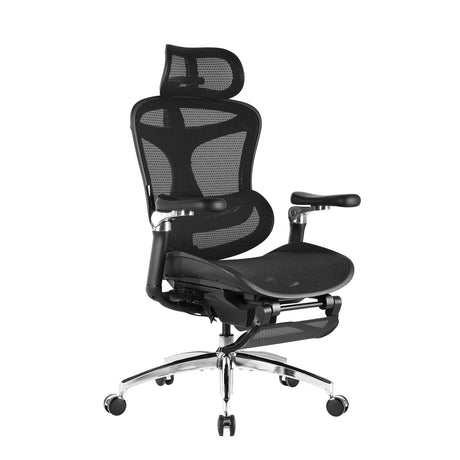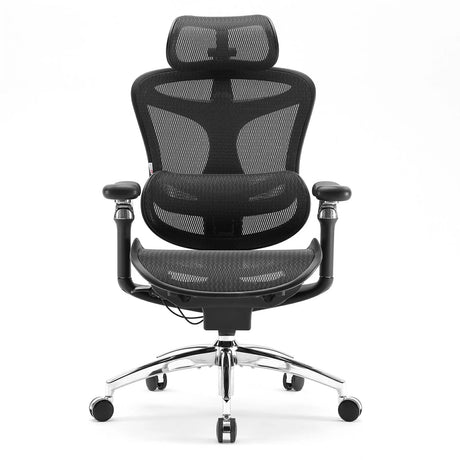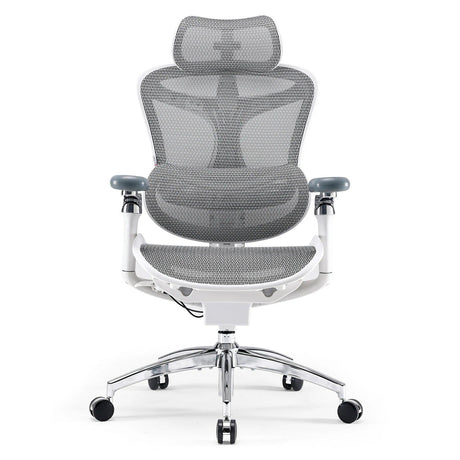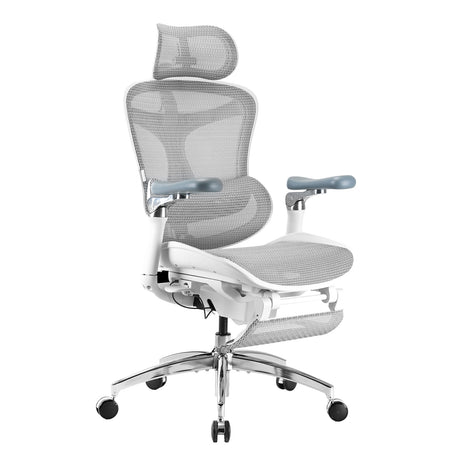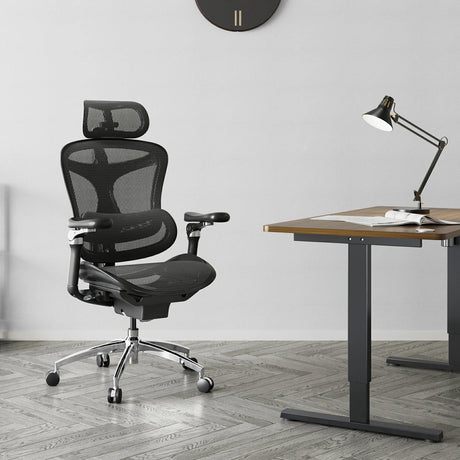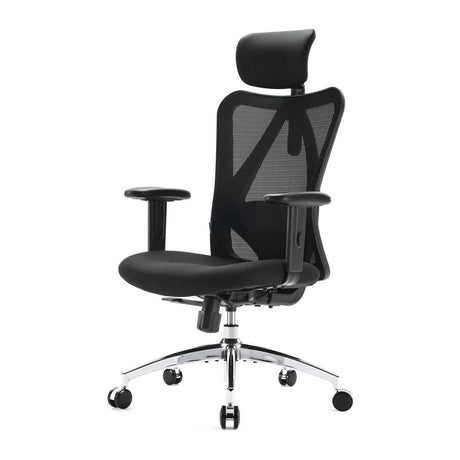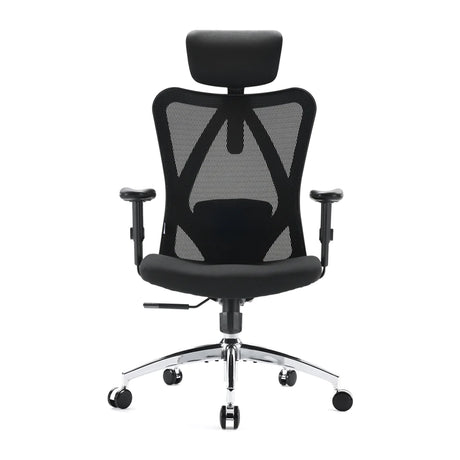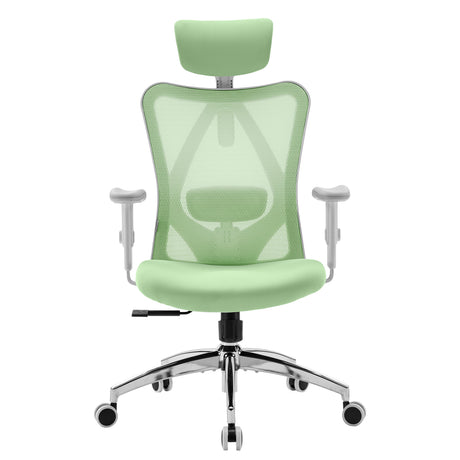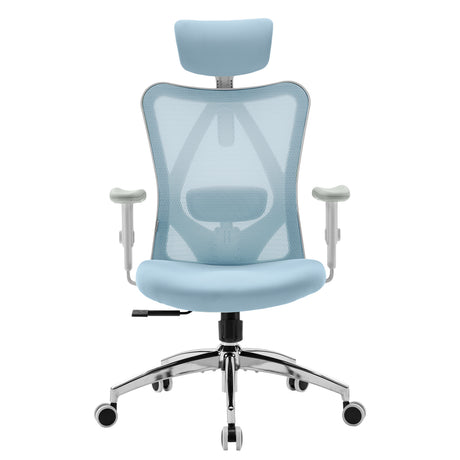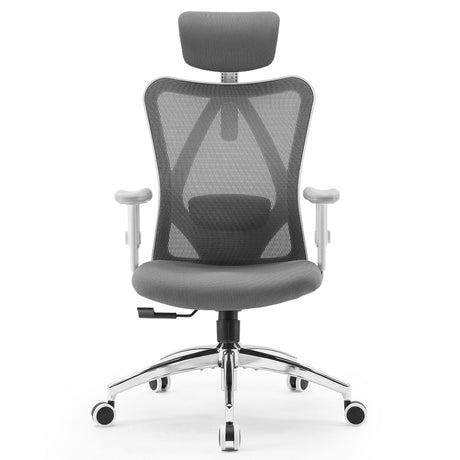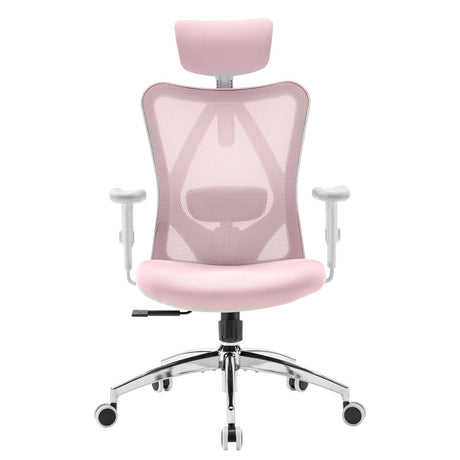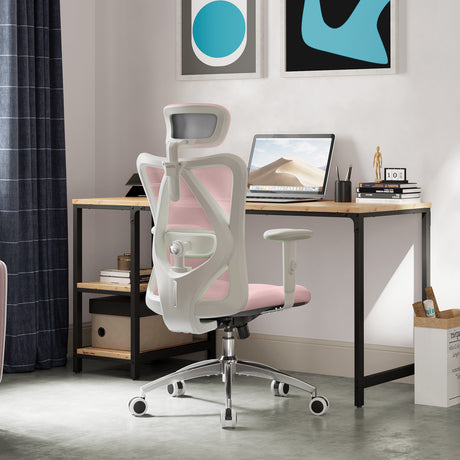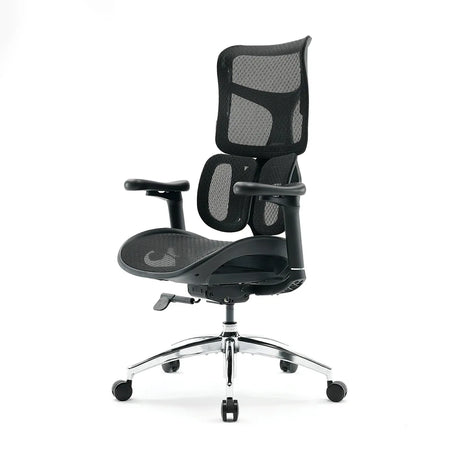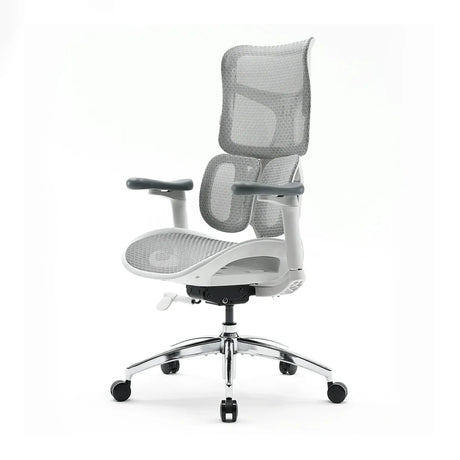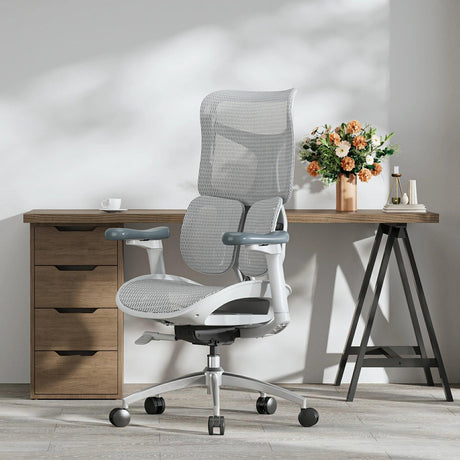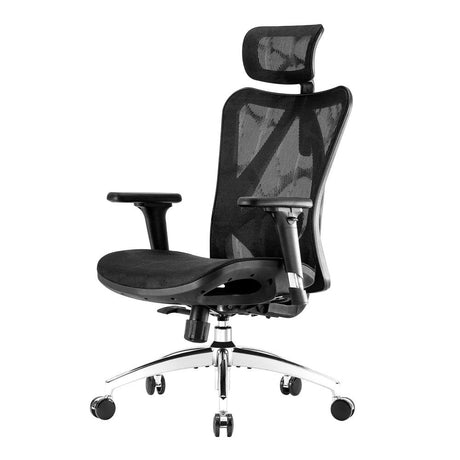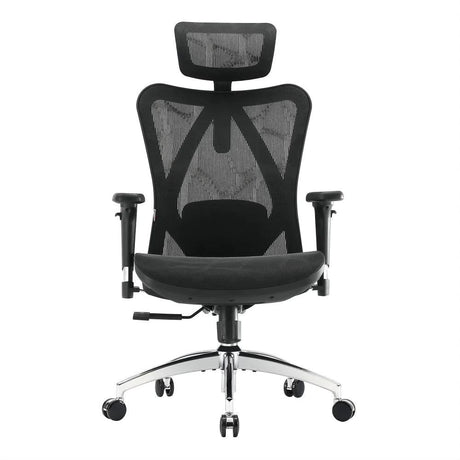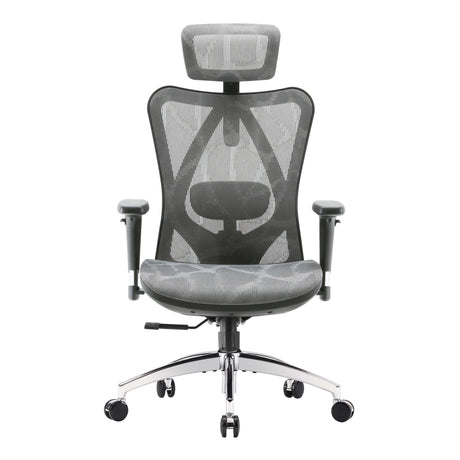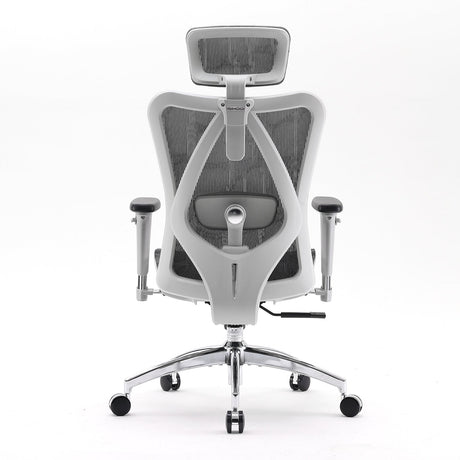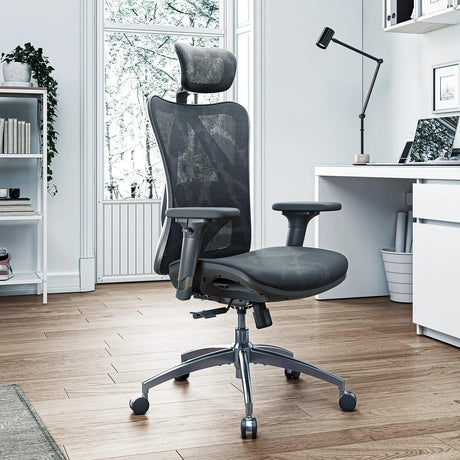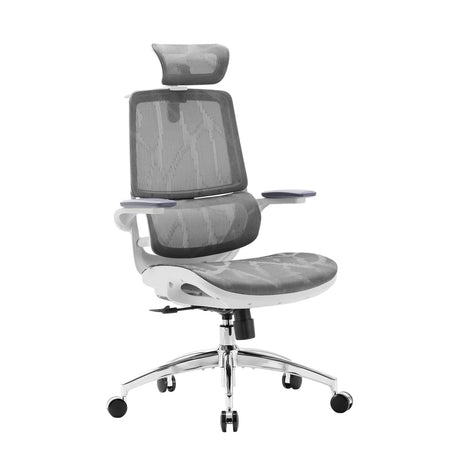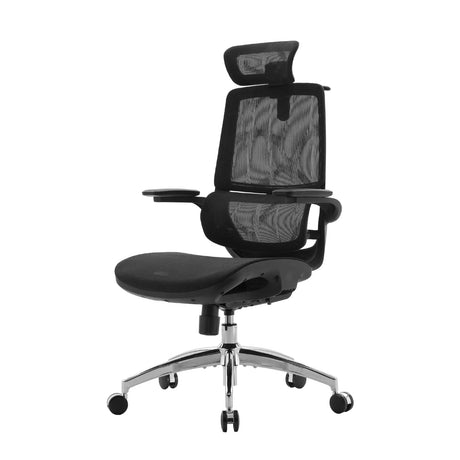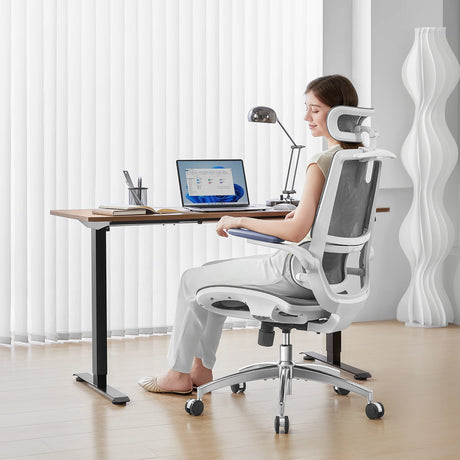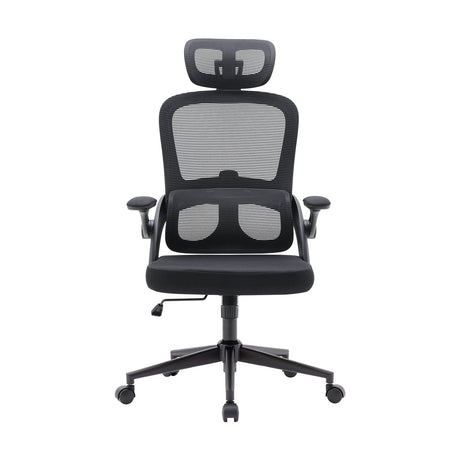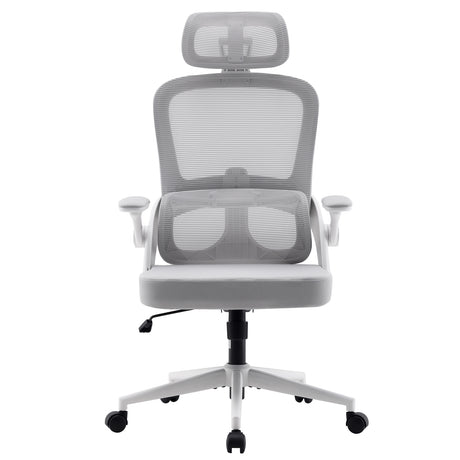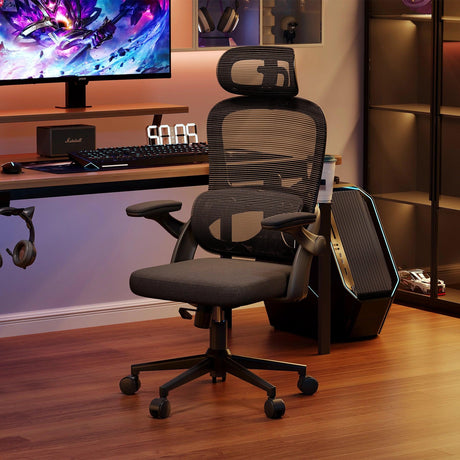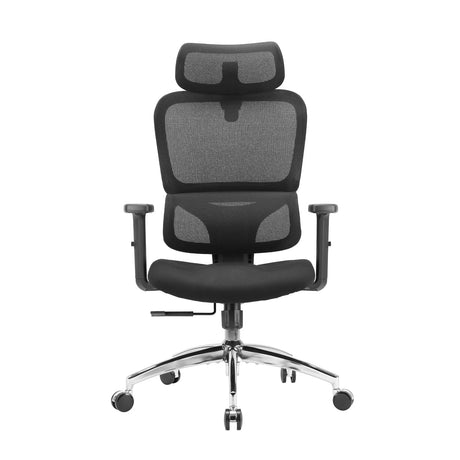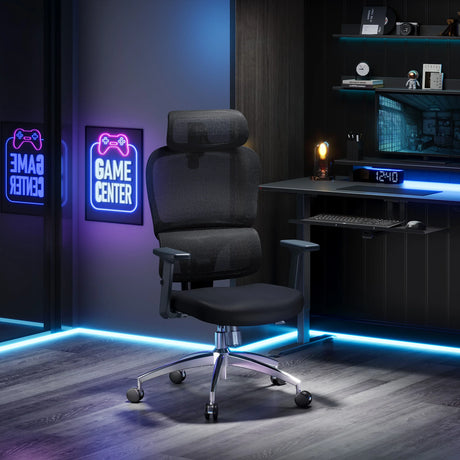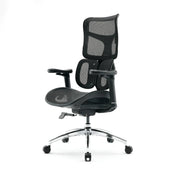In the world of education, the physical environment of a classroom is just as important as the lessons being taught. One of the most overlooked yet crucial aspects of this environment is the furniture students use—specifically, the chairs they sit in for hours each day. The typical student spends a significant portion of their developmental years seated, making the quality and design of school chairs a major factor in their overall health and academic performance. The rise in awareness of posture-related health issues, discomfort, and fatigue in students has led educators and school administrators to re-evaluate classroom ergonomics, with ergonomic school chairs emerging as a vital solution.
This blog post delves into the significance of ergonomic school chairs in promoting student health, preventing physical ailments, supporting cognitive performance, and fostering lifelong habits of good posture and physical well-being.
1. Understanding Ergonomics in a School Setting
Ergonomics is the science of designing furniture and tools to fit the natural form and movement of the human body. In a school setting, ergonomics ensures that desks, chairs, and workspaces are suitable for students’ physical needs, which vary depending on age, size, and level of activity.
Traditional school chairs are often mass-produced with a one-size-fits-all approach, using rigid materials, fixed backrests, and standardized dimensions that fail to account for diverse body types. This outdated design contributes to poor posture, back pain, and decreased focus. In contrast, ergonomic school chairs are specifically designed to support the spine’s natural curvature, offer adjustable features, and accommodate a range of movements.
By integrating ergonomically designed chairs into classrooms, schools are not only improving comfort but actively protecting students’ health.
2. The Impact of Poor Seating on Student Health
Students are in a critical stage of physical development. Poor posture and inadequate seating can lead to:
a. Spinal Deformities
Children and teenagers are especially susceptible to spinal problems such as kyphosis, lordosis, and scoliosis. Sitting in chairs without lumbar support or with improper backrest angles can force the spine into unnatural positions for prolonged periods, potentially leading to permanent structural issues.
b. Musculoskeletal Pain
Many students complain of back, neck, or shoulder pain. This discomfort often stems from poorly designed chairs that lack seat depth, padding, or height adjustability. Even young students can develop muscle fatigue, joint strain, or tension headaches as a result of sustained poor posture.
c. Circulation Issues
Rigid chairs that compress the underside of the thighs can impede blood flow to the legs, causing discomfort, tingling, or even long-term circulatory problems. Ergonomic chairs typically feature a waterfall seat edge that relieves this pressure and enhances circulation.
d. Lack of Focus and Fatigue
Physical discomfort directly affects mental focus. A student who is constantly shifting in their seat to find a more comfortable position is less likely to engage effectively with their lessons. Studies show that physical discomfort leads to cognitive fatigue, reducing the ability to concentrate and absorb information.
3. Benefits of Ergonomic School Chairs
a. Promoting Healthy Posture
Ergonomic chairs are designed to support natural spinal alignment. Features such as adjustable seat height, tilt, and lumbar support help students sit upright with their feet flat on the ground and their knees at a right angle—an ideal seated posture that reduces strain.
b. Enhancing Comfort
Comfort is more than a luxury—it’s a prerequisite for sustained engagement. With ergonomic chairs, students experience greater ease of movement, even weight distribution, and cushioned support, making long hours in the classroom more tolerable.
c. Boosting Concentration and Performance
When the body is at ease, the mind can focus. Comfortable seating enables students to pay better attention, participate more actively, and retain more information, leading to improved academic outcomes.
d. Reducing Absenteeism
Chronic back pain, headaches, or musculoskeletal discomfort can lead to frequent absences from school. Providing ergonomic seating can help mitigate these health issues and reduce absenteeism due to physical ailments.
e. Supporting Inclusion
Students come in all shapes and sizes. Ergonomic chairs with adjustable features make it easier for teachers to accommodate children with physical disabilities or unique postural needs, fostering an inclusive classroom environment.
4. Key Features of an Ideal Ergonomic School Chair
An effective ergonomic school chair should incorporate the following features:
- Adjustable Seat Height: To accommodate students of different ages and body sizes.
- Proper Lumbar Support: To maintain the spine's natural curve and prevent slouching.
- Contoured Backrest: That mimics the shape of the spine for better alignment.
- Waterfall Edge Seat: To reduce pressure on the thighs and promote blood flow.
- Durable, Breathable Material: Such as mesh or padded fabric to provide comfort and ventilation.
- Stable Base and Casters: To allow for slight movement and encourage dynamic sitting.
- Lightweight and Stackable Design: For ease of classroom organization and cleaning.
These features not only provide comfort but also ensure that the chair adapts to the student—not the other way around.
5. Long-Term Health Implications
Investing in ergonomic seating at a young age can have long-term health benefits:
- Prevention of Chronic Pain: Proper seating reduces the risk of chronic back and neck pain later in life.
- Lifelong Posture Habits: Students who learn how to sit properly early are more likely to carry that habit into adulthood.
- Enhanced Physical Development: Proper seating supports growing bones and muscles, ensuring healthy development.
- Reduced Healthcare Costs: Preventative ergonomics can reduce the need for future medical treatment due to poor posture.
Ultimately, ergonomic school chairs act as a form of preventative healthcare, safeguarding students' physical health from an early age.
6. Psychological and Behavioral Benefits
The benefits of ergonomic school chairs extend beyond physical health:
a. Improved Mood
Uncomfortable seating can lead to irritability, restlessness, and distraction. Comfortable, supportive chairs promote a positive classroom atmosphere, where students feel physically and emotionally secure.
b. Better Classroom Behavior
Students who are comfortable are less likely to fidget, slouch, or leave their seats, resulting in better discipline and fewer disruptions during class.
c. Boosted Confidence
Providing high-quality, thoughtfully designed furniture communicates that students are valued. This sense of being cared for can enhance self-esteem and encourage more active participation in class activities.
7. Challenges to Implementation
While the benefits are clear, schools often face practical challenges when considering ergonomic upgrades:
a. Budget Constraints
Ergonomic chairs tend to be more expensive than standard plastic models. However, their durability and health benefits justify the investment in the long term.
b. Resistance to Change
Teachers and administrators may be accustomed to traditional classroom setups. Raising awareness through training and ergonomic demonstrations can help facilitate the transition.
c. Sizing and Adjustability
Managing adjustable chairs for hundreds of students can be logistically challenging. Schools can address this by selecting age-specific models or using chairs with simple, intuitive adjustment mechanisms.
d. Maintenance and Durability
Ergonomic chairs involve more moving parts and materials, which require proper care. Choosing reputable brands with robust warranties and easy-clean materials can mitigate this concern.
8. Case Studies and Success Stories
Many schools around the world have successfully transitioned to ergonomic seating with outstanding results. Reports include:
- Increased focus and longer attention spans
- Fewer health complaints from students
- Higher teacher satisfaction due to better classroom behavior
- Enhanced performance on tests due to reduced fatigue
Although individual results vary, the trend is clear: classrooms that prioritize ergonomic design are seeing tangible improvements in both student health and academic performance.
9. The Role of Parents and Educators
The transition to ergonomic seating doesn’t rest on school administrators alone. Parents and teachers play a vital role:
a. Educating Students
Teaching students the importance of good posture, how to adjust their chairs, and how to sit correctly can empower them to take control of their health.
b. Advocating for Better Furniture
Parents and teachers can work together to lobby school boards, apply for grants, or fundraise for ergonomic furniture upgrades.
c. Modeling Good Habits
When teachers use ergonomic chairs and demonstrate proper posture, students are more likely to follow suit.
10. A Vision for the Future
Imagine a classroom where every child sits in a chair designed to support their growth, energy, and learning. Ergonomic school chairs are a step toward this vision—one where education goes hand-in-hand with physical well-being. As awareness grows, so does the demand for learning environments that reflect our understanding of health, development, and human-centered design.
By prioritizing ergonomic furniture, schools are investing not just in comfort, but in the long-term health, success, and happiness of their students.
Conclusion
In the grand scheme of educational tools, the humble school chair may seem insignificant. But when students spend thousands of hours seated throughout their academic careers, the chair becomes a silent partner in their development. Ergonomic school chairs represent more than just modern design—they are a commitment to student health, equity, and educational excellence.
Incorporating ergonomic furniture is no longer a luxury; it is a necessity for any institution that prioritizes student well-being. It’s time for educators, parents, and policymakers to reimagine the classroom—starting from the seat up.

